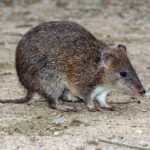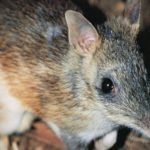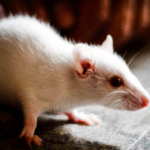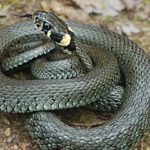Bandicoots
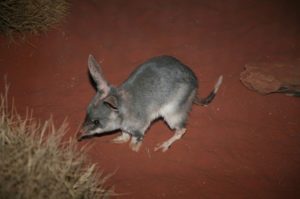 According to zoologists, several types of bandicoots are threatened with extinction. Three representatives of this family have already died out, and there is no exact information on the number of populations of other species.
According to zoologists, several types of bandicoots are threatened with extinction. Three representatives of this family have already died out, and there is no exact information on the number of populations of other species.
These animals are found in the desert, steppe, forest and even in the countryside gardens, but have nothing to do with Indian bandits that belong to rodents, and not to marsupials.
The length of the body of the bandicoot from the muzzle to the tip of the tail ranges from 30 to 80 cm. The smallest species, the mongrel bandit (Microperoryctes niurina), dwells in Indonesia; The largest, giant bandicoot (Peroryctes broadbenti) is found in Papua New Guinea.
All bandits are night animals, leading a terrestrial way of life. During the day, bandicoots sleep in their nests, hidden in the undergrowth, forest litter or shallow burrows. To protect their homes from the rain, some species place them under a small layer of soil. With the help of strong claws on the front paws, they dig out cone-shaped depressions in the ground. At night, the animals go out to find food.
Bandicoots are the most unusual marsupials, because they have rudiments of the placenta. They have much less than placental mammals and can not provide embryo bearing. Pregnancy lasts not for long even in comparison with other marsupials. For example, the period of gestation in a long-legged bandicoot is only 12.5 days. This is a record among mammals. Usually in litter 4 cubs. After giving birth, the baby climbs into the mother’s back bag, which opens from the back and “sticks” to one of the nipples. The calf does not get out of the bag until it gets stronger. Then he begins to search for food with his mother.


